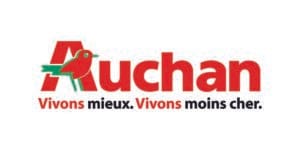Sommaire
Crisis memory 2.0: January 2017
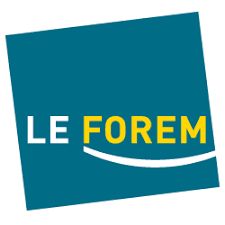
- The forem

Location of crisis: Offline
Place of dissatisfaction: Facebook / Twitter Crisis level: 1
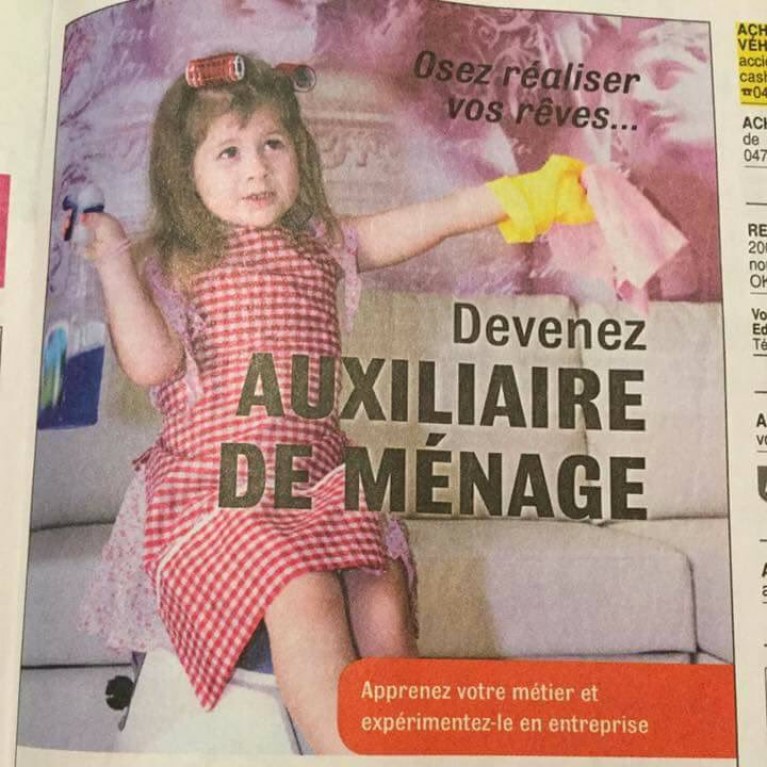 The poster played heavily on stereotypes, particularly with regard to the illustrations for the opposite sex. Although the social networking angle was the one that illustrated articles on the subject, the number of tweets remained fairly measured and concentrated around the media.
The poster played heavily on stereotypes, particularly with regard to the illustrations for the opposite sex. Although the social networking angle was the one that illustrated articles on the subject, the number of tweets remained fairly measured and concentrated around the media.
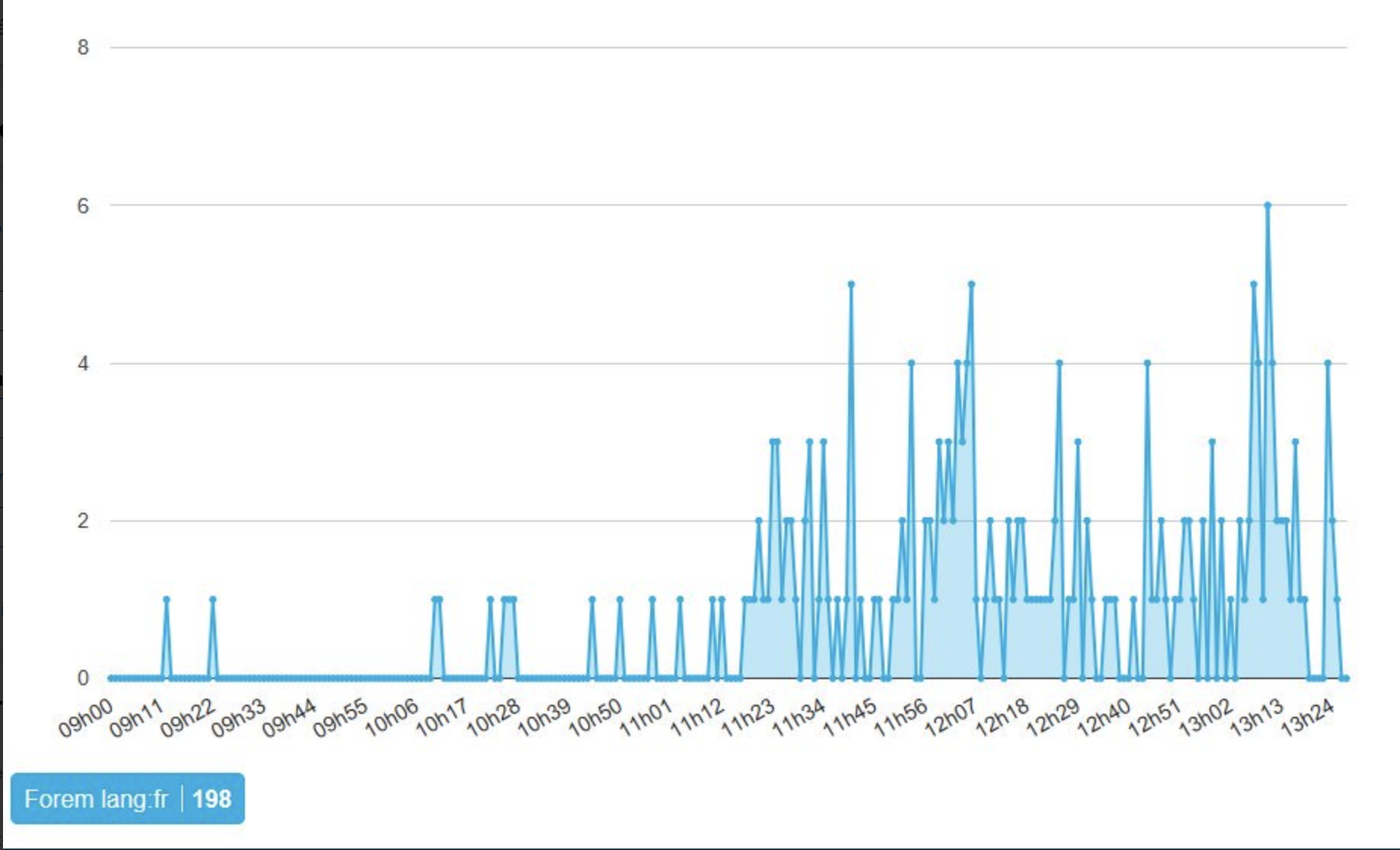
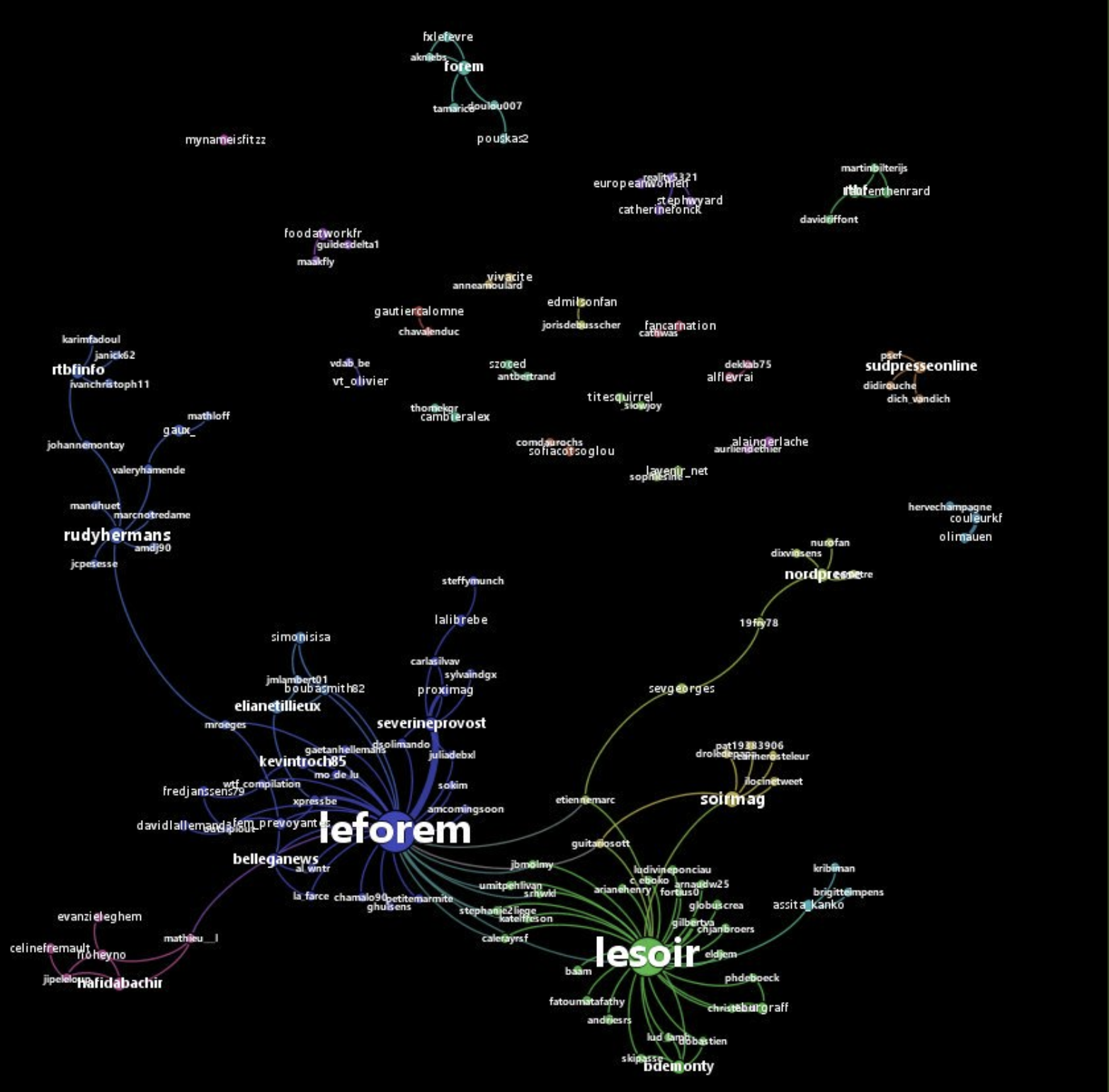 Teaching :As usual in Belgium, it only takes a small volume of tweets to alert the press.2. Philips
Teaching :As usual in Belgium, it only takes a small volume of tweets to alert the press.2. Philips
Location of crisis: Offline
Place of dissatisfaction: Facebook Crisis level: 1
On one of its end-of-year gift sets, Phillips, under licence from Star Wars, used the image of the only female Stormtrooper, Captain Phasma, to sell an electric shaver for men. On social networks, fans of the famous saga made fun of the brand.
 Lesson:The detail hits the nail on the head again!3. Ikea
Lesson:The detail hits the nail on the head again!3. Ikea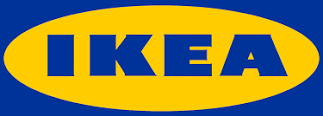
Location of crisis: Offline
Place of dissatisfaction: Twitter Crisis level: 1
Source of crisis: Blog
Place of dissatisfaction: Twitter / Facebook Crisis level: 1
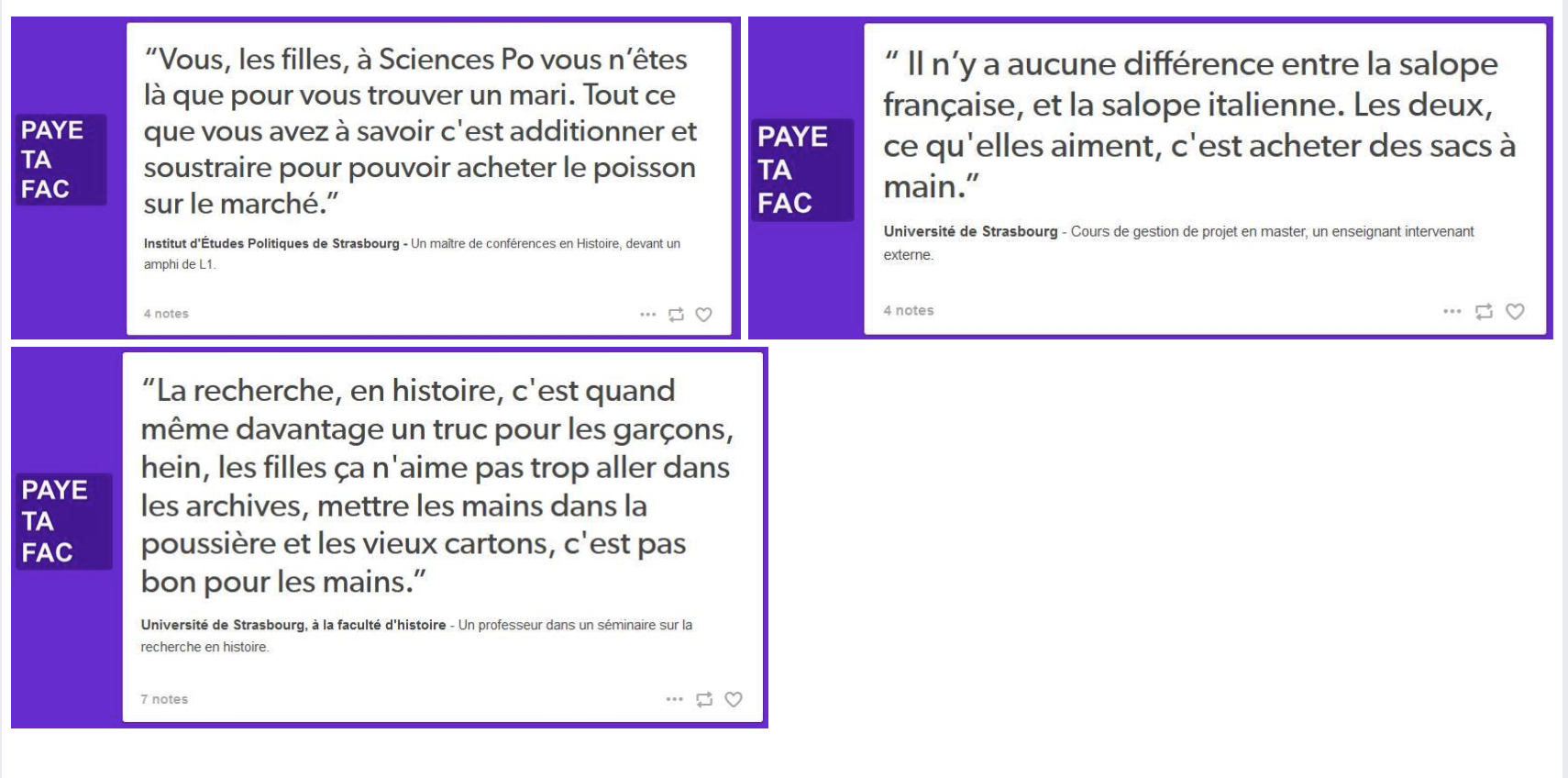 Teaching :
Teaching :- The beginnings of BalanceYourPorc

Location of crisis: Twitter
Place of dissatisfaction: Twitter / Facebook Crisis level: 1
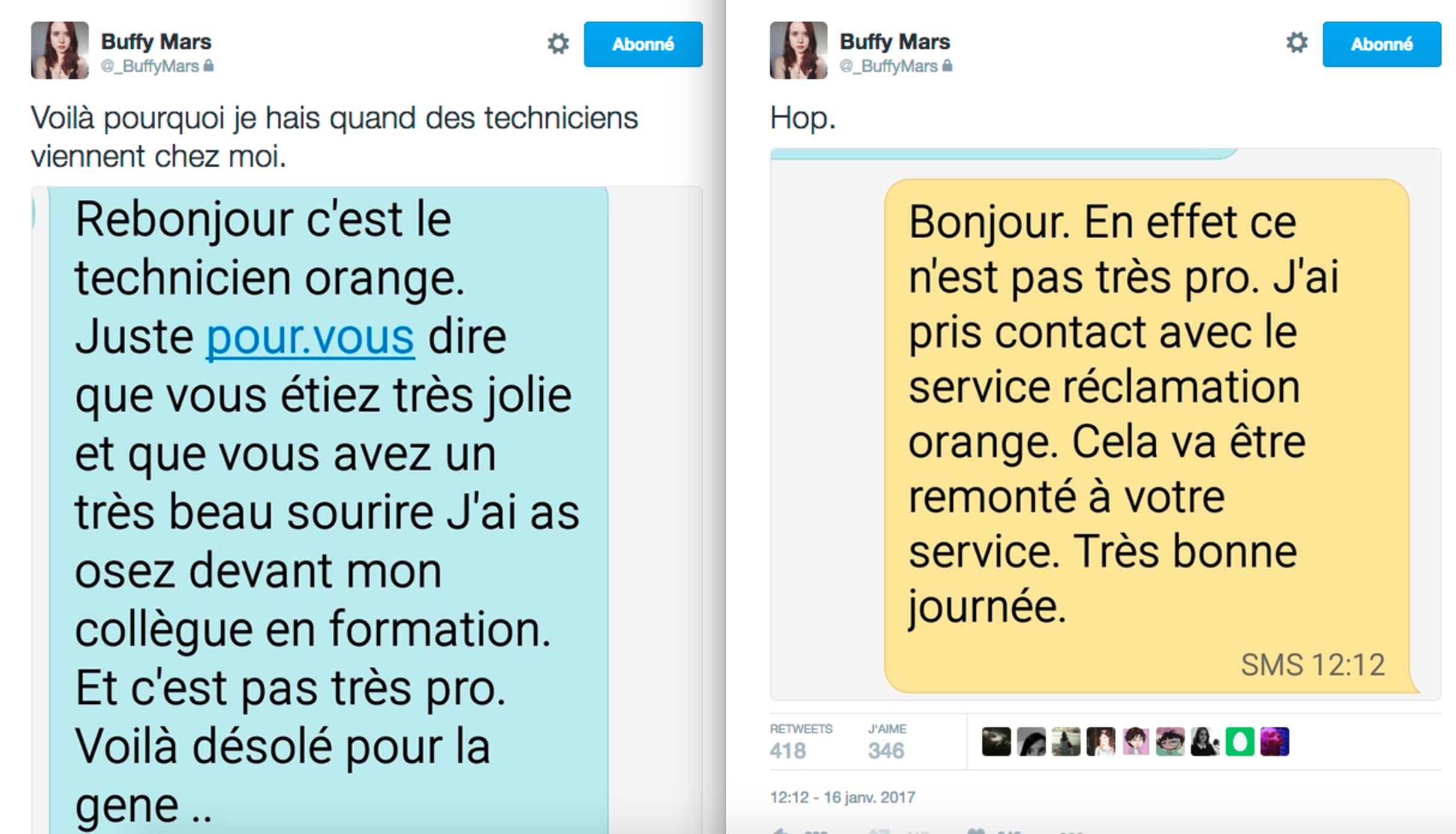 A debate then broke out on the issues of flirting and harassment. There were two opposing camps, as illustrated in the map below:
A debate then broke out on the issues of flirting and harassment. There were two opposing camps, as illustrated in the map below: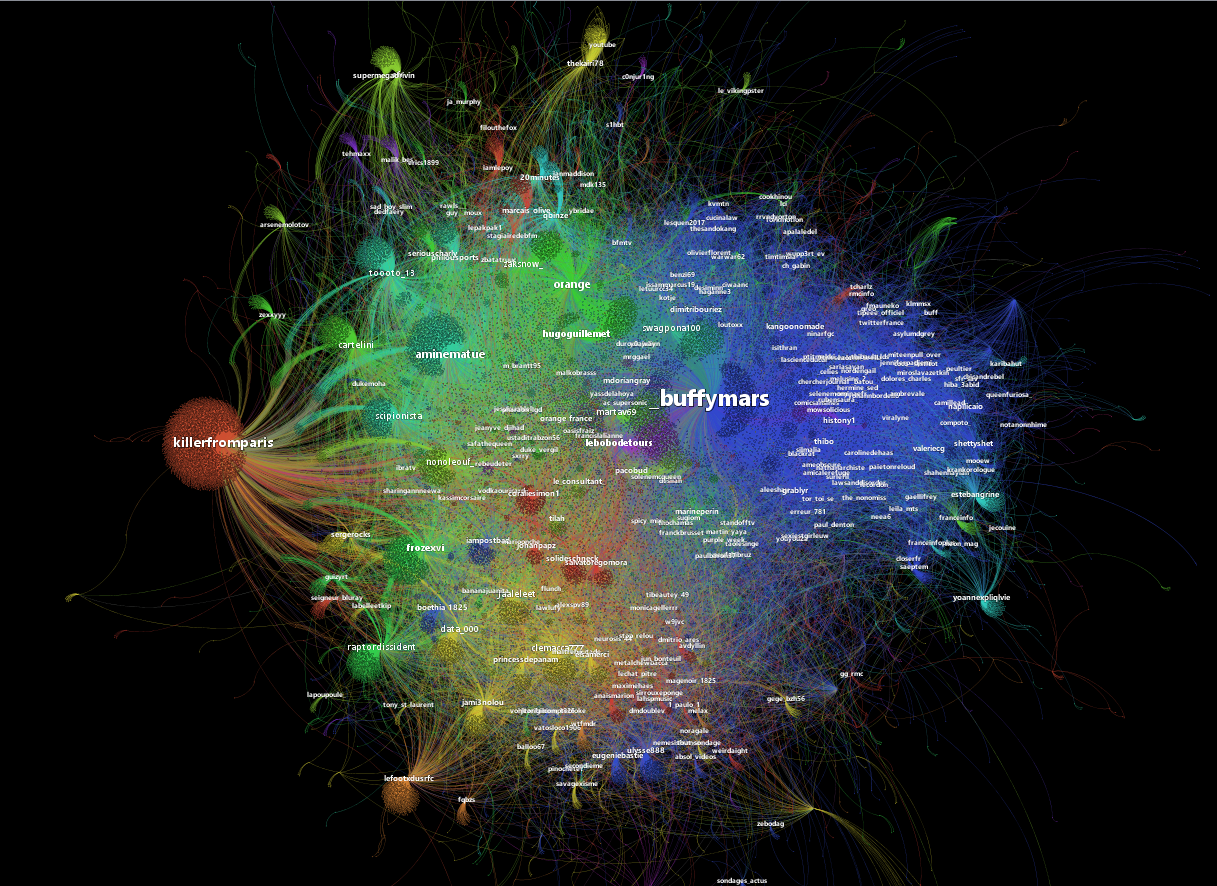 On the right, the supporters of the blogger, Buffymars, and on the left, her opponents. Orange is almost totally absent from these conversations: the issue goes beyond it.Lessons learned:
On the right, the supporters of the blogger, Buffymars, and on the left, her opponents. Orange is almost totally absent from these conversations: the issue goes beyond it.Lessons learned:- This scandal proves that in more and more crises the company is just one of the players. The crisis erupts and calls into question a societal value as a whole and not the company directly.

Location of crisis: Offline
Place of dissatisfaction: Facebook Crisis level: 1
Kia is set to cause a stir in Tunisia following what is deemed to be a desecration of its flag.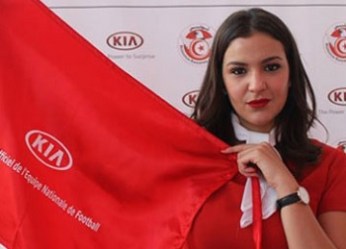
In response, the brand said : "The brand logo has not been printed on the national flag, but it is a cape in the colours of Tunisia dedicated to supporters at matches.
The idea is similar to the caps or shirts that feature the colours of the countries taking part in major footballing events.
Kia has no ill intentions and would never dare harm the Tunisian flag, it simply wanted to offer this gift to Carthage Eagles supporters."
Teaching:
- National symbols are always problematic for an organisation.

Location of crisis: Offline
Source of dissatisfaction: Facebook Crisis level: 1
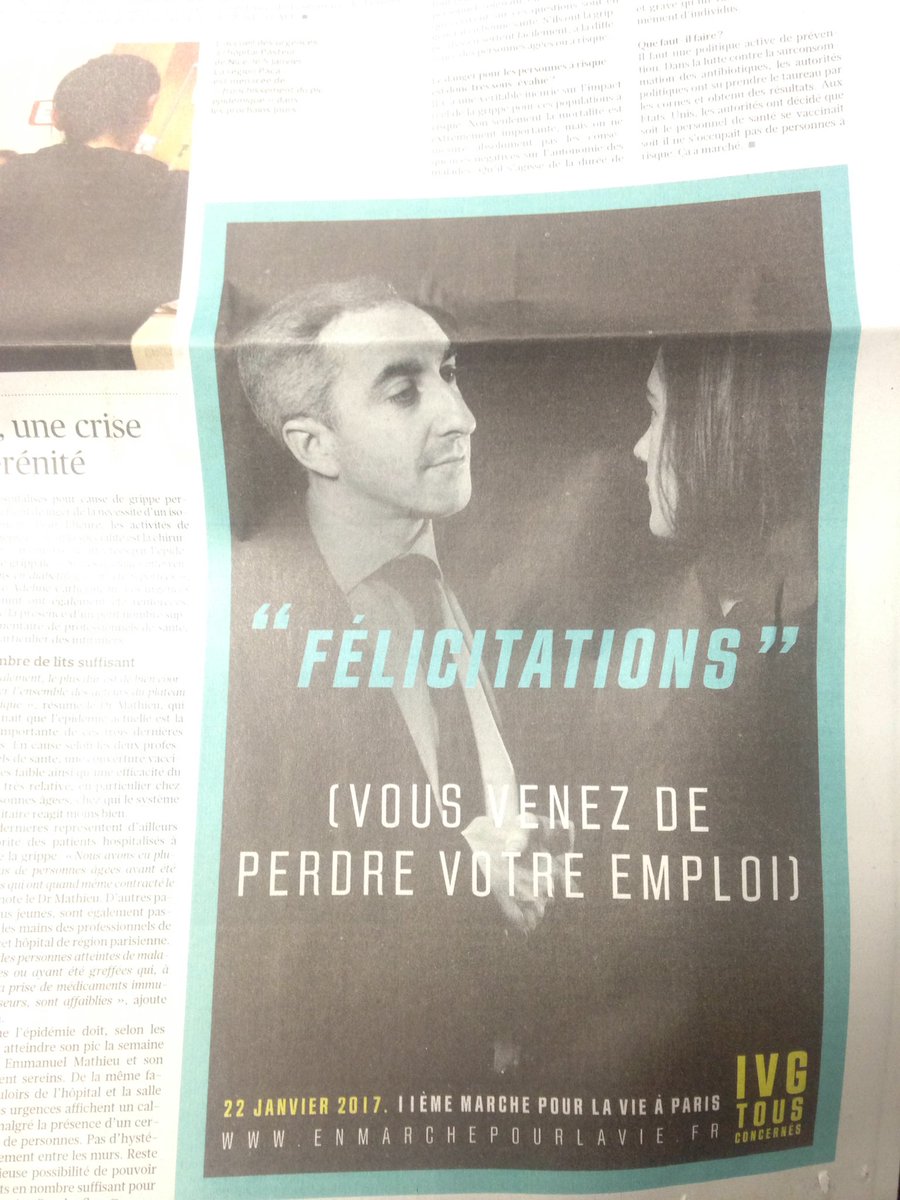 Many Internet users were shocked that a major French daily could make money from anti-ivg propaganda. The debate even led to some unease among the editorial staff.Lessons learned:Increasingly, published advertisements are also subject to pressure on broadcasters and no longer exclusively on the advertiser.8. Air France
Many Internet users were shocked that a major French daily could make money from anti-ivg propaganda. The debate even led to some unease among the editorial staff.Lessons learned:Increasingly, published advertisements are also subject to pressure on broadcasters and no longer exclusively on the advertiser.8. Air France
Location of crisis: Offline
Source of dissatisfaction: Facebook Crisis level: 1
Following Trump's anti-immigration decree, a Télérama journalist published a photo of a list of passengers summoned by Air France. The photo caused a buzz on social networks. Air France explained that these postings were in fact used to deal with administrative formalities relating to baggage, upgrades or the ESTA form for entering the US, etc., and that the passengers on this list are not affected by the conditions of access to the United States present in the Trump decree. They all boarded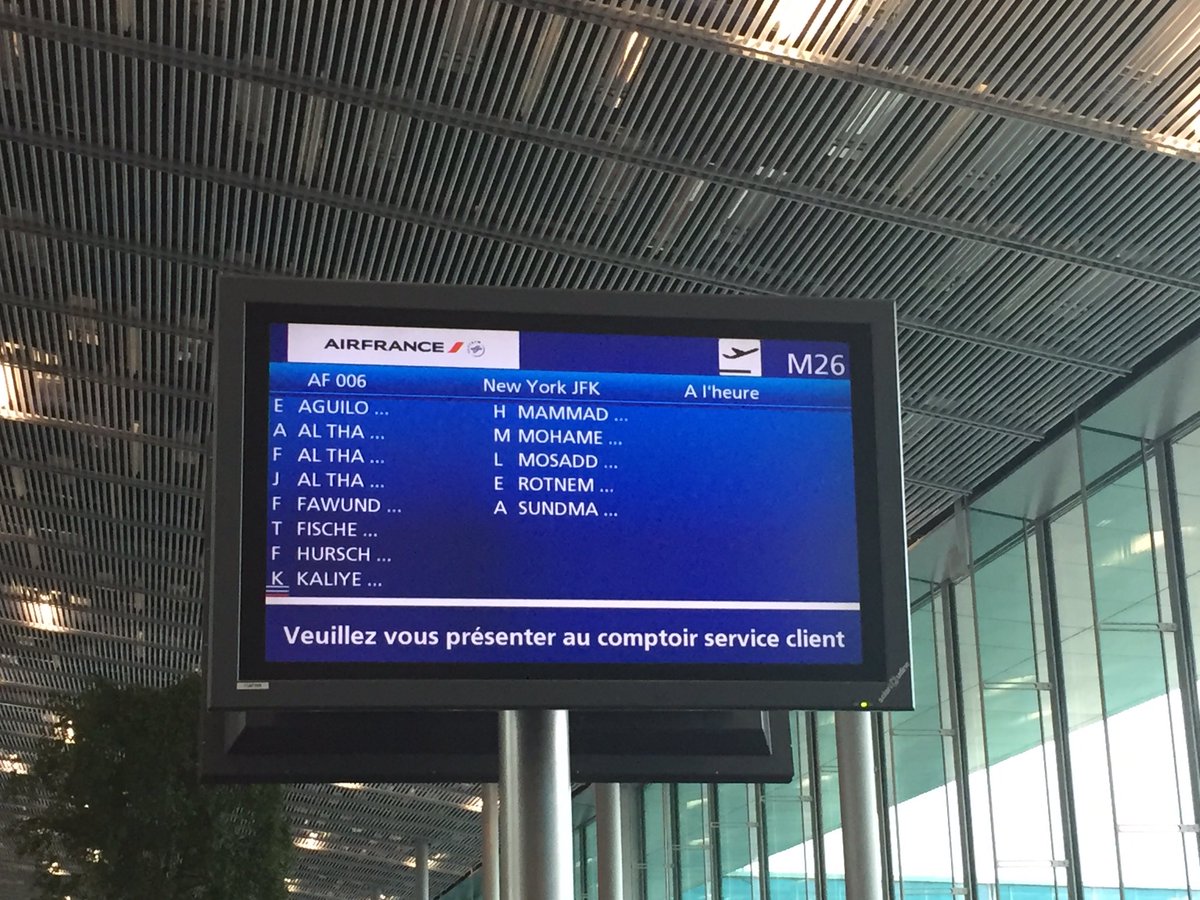 Lessons learned:Context causes people to interpret information in one way rather than another!
Lessons learned:Context causes people to interpret information in one way rather than another!


